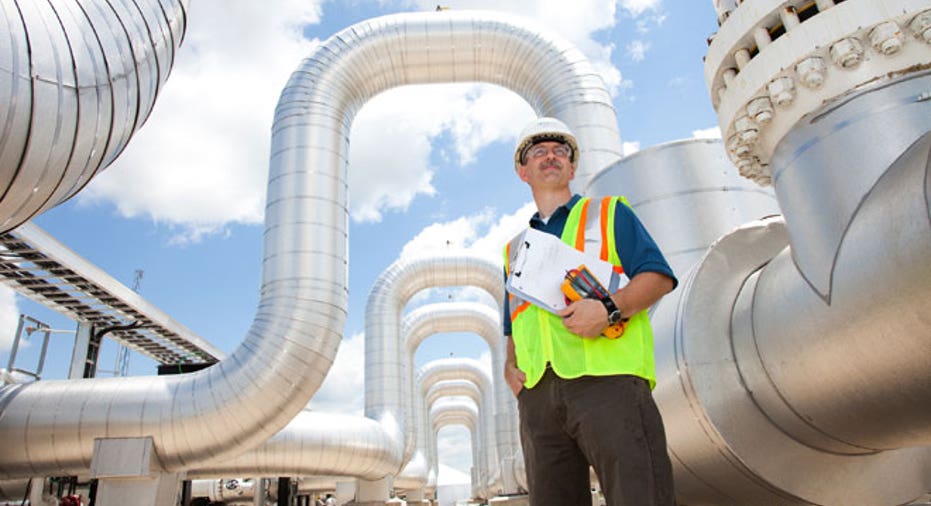The Keystone Pipeline is Back: How We Got Here

President Trump issued a permit for the long-disputed Keystone XL Pipeline on Friday. The decision ended nearly a decade-long dispute that allows the oil pipeline to be built from Canada to America’s heartland. While a victory for TransCanada (NYSE:TRP), the company behind the pipeline, CEO Russ Girling said there are still hurdles to clear. "It’s a great day for our company, and the workers that are going to be put to work,” he said during the announcement at the White House.
FOX Business takes a look at the key milestones and setbacks that shaped the pipeline which will now help advance the new administration’s pro-business agenda.
How We Got Here:
A Pipeline Is Born September 2008 – June 2010: TransCanada filed its first application to the U.S.. State Department for a cross-border permit. Two years later, the initial leg of the Keystone pipeline went into operation.
Obama Administration: Not So Fast January 2012: President Obama formally rejected TransCanada's permit, blaming congressional Republicans for forcing his hand. In May 2012, TransCanada reapplied for the State Department permit, which included a new route through Nebraska instead of the previously planned route through Texas. Finally, in November 2015, Obama rejected the request from TransCanada to build the pipeline, ending a seven-year review.
Environmentalists Resist January 2014: Despite outcries from environmental groups fiercely opposed to the project, the State Department released its final environmental impact statement, finding that the pipeline wouldn't significantly exacerbate climate change.
TransCanada vs. Nebraska 2014: Nebraskan landowners filed lawsuits against TransCanada alleging building the pipeline through the state violated the state's constitution. About a year later, TransCanada filed legal papers in nine Nebraska counties to invoke eminent domain for the land that’s needed to construct, operate and maintain the pipeline.
Trump Presidency & the Pipeline Summer 2016: As Trump ramped up his presidential campaign, he publicized his support of the pipeline. This as TransCanada sought $15 billion in damages from the federal government in response to the Obama administration’s rejection of the Keystone pipeline. Following Trump’s win in November 2016, the pipeline got a new lease on life. Trump signed executive actions to advance the construction of the Keystone XL pipeline, along with the four-state Dakota Access oil pipeline in January, leading to the construction permit issuance in March.
Sources compiled from the Fox News Brainroom, Associated Press